
Do Cyclists Have to Stop at Red Lights in the UK?
Cycling and e-biking are booming across the UK, offering quick and eco-friendly travel. With more riders on the road, knowing how to handle traffic lights is key. So, do cyclists have to stop at red lights? Yes — both cyclists and e-bike riders must follow traffic signals under the Highway Code to keep everyone safe.
What the Highway Code Says About Cyclists and Red Lights
Cyclists and e-bike riders in the UK must stop at red lights. The Highway Code makes it clear that all riders are required to obey traffic signals, stop lines, and road signs, just like motor vehicles. By adhering to the Highway Code, riders can reduce the risk of accidents and contribute to a smoother, safer flow of traffic.
Key Highway Code Rules for Cyclists
Several important sections of the Highway Code outline what cyclists should do at traffic lights and junctions:
-
Section 69 – Obeying Traffic Signs and Signals
Cyclists must follow all traffic signs, stop lines, and traffic light signals. This includes stopping at red lights and following directional markings, which helps maintain safety and predictability for everyone on the road. -
Rule 71 – Red Lights and Stop Lines
Cyclists and e-bike riders should never cross the stop line when the traffic light is red. The stop line is the solid white line before a junction or pedestrian crossing. Some junctions have two stop lines — the first allows cyclists to enter a designated waiting area, while the second must remain uncrossed until the green signal appears. -
Rule 73 – Cycle-Specific Traffic Lights
Certain UK junctions feature small traffic lights designed specifically for cyclists, positioned at rider eye level. These lights may let cyclists move ahead of motor traffic, reducing congestion and enhancing safety at busy intersections.
Understanding the Stop Line and Advanced Stop Zones
The stop line applies equally to motor vehicles and bicycles. Cyclists should always wait behind this line when facing a red signal. Many UK junctions now include an Advanced Stop Line (ASL) — a marked box area in front of motor vehicles where cyclists can wait. This gives riders a visible and safer position when starting off as the lights turn green.
Why Following Traffic Lights Matters
Adhering to traffic signals for cyclists improves flow, safety, and visibility at busy intersections. By following the cycling road rules in the UK, riders help create a safer road environment where all users understand each other’s movements.
Understanding Different Traffic Lights for Cyclists
UK roads increasingly feature cycle-specific traffic lights to improve safety and traffic flow. These lights display a green bicycle symbol, showing cyclists and e-bike riders when it’s safe to proceed while staying separate from vehicles and pedestrians.
Toucan crossings allow cyclists and pedestrians to cross together on a shared green signal, letting riders stay on their bikes while ensuring safety. Following these cycling traffic signals helps maintain smoother, safer journeys on UK roads.
Key Tips for Cyclists
-
Follow the green bicycle light, not the vehicle or pedestrian signal.
-
Wait behind the stop line until your signal turns green.
-
When unsure, stop and wait — it’s always safer to pause than to risk crossing early.
By understanding and obeying traffic signals for cyclists, riders can move confidently through crossings while keeping themselves and others safe.
Advanced Stop Lines (ASLs): What Cyclists Should Know
Advanced Stop Lines (ASLs), often called “bike boxes”, are marked areas at junctions that allow cyclists to position themselves ahead of motor traffic while waiting at red lights. These zones improve visibility, give riders a head start when lights turn green, and help reduce conflicts with turning vehicles.
Cyclists should enter the ASL only when the traffic light is red and position themselves safely within the box, keeping clear of motor vehicles and maintaining enough space to move off smoothly when the light changes. Proper use of the cycle box enhances safety and ensures predictable movement for all road users.
Following cycle box rules and ASL cycling UK guidelines is essential for safe cycling at junctions, helping e-bike and pedal cyclists navigate traffic efficiently while staying visible and protected.
Safe Cycling Practices at Traffic Lights and Junctions
Ensuring cycling safety in the UK requires awareness, visibility, and predictable riding, especially at traffic lights and junctions. Following practical guidelines helps cyclists and e-bike riders navigate safely while protecting themselves and others on the road.
Approach with Caution: Slow Down and Be Ready to Stop
Cyclists should slow down when approaching traffic lights to allow time to react safely. Controlled speed improves cycle junction safety and reduces collision risks. Always be prepared to stop at red signals or pedestrian crossings.
Ensure Visibility: Make Eye Contact and Be Seen
Make eye contact with drivers to ensure they see you, particularly at busy junctions. Wear bright and reflective clothing per Highway Code Sections 59–60. Use front and rear lights to boost cycling safety UK, especially in low light.
Maintain Safe Positioning: Avoid Filtering Between Large Vehicles
Avoid filtering between buses, lorries, or large vehicles, as blind spots make it dangerous. Position yourself where drivers can see you, ideally in the centre of your lane or in Advanced Stop Lines (ASLs). This improves visibility for cyclists and reduces accident risks.
Additional Tips for Safe Cycling at Junctions
Signal clearly to communicate your intentions to other road users. Stay alert for pedestrians, especially near toucan crossings. Avoid distractions to maintain focus and promote cycle junction safety.
Conclusion
In the UK, cyclists and e-bike riders must stop at red lights and follow all traffic signals, including stop lines and Advanced Stop Lines. Adhering to these rules ensures safe cycling at junctions and improves overall road safety. Following the Highway Code for cyclists helps create a predictable, secure environment for everyone on UK roads.
FAQs
Can you be fined for cycling through a red light?
Yes. Cyclists should always stop at red lights to maintain safe and predictable road flow. Following traffic signals improves visibility and prevents collisions, supporting safer cycling habits across the UK.
Do cyclists have right of way when a car is turning left?
Yes, generally. Cyclists going straight usually have priority, but must stay alert and signal intentions. Maintaining clear lane positioning helps avoid conflicts with turning vehicles.
What are the new rules for cyclists in the UK?
Cyclists are advised to take the centre of quieter lanes and maintain at least 0.5 metres from the kerb on busier roads. Riding two abreast is permitted, but switch to single file when necessary to allow faster vehicles to pass safely. Drivers should provide a safe passing distance of 1.5–2 metres and yield at junctions.
Can cyclists turn left at a red light?
No. Cyclists must stop at red lights unless a dedicated cycle signal allows turning. Following the correct signals ensures safer traffic flow at junctions.
Do cyclists have to pull over if holding up traffic?
No. Cyclists are not required to immediately pull over if traffic is behind them. However, if a long queue begins to form, it’s recommended to safely pull over when possible to let traffic pass. This approach helps maintain smooth road flow while keeping cyclists safe.
The Latest Posts
Explore isinwheel products
City E Scooter | Off-Road Scooter
Fastest Scooter | Kids Scooters




















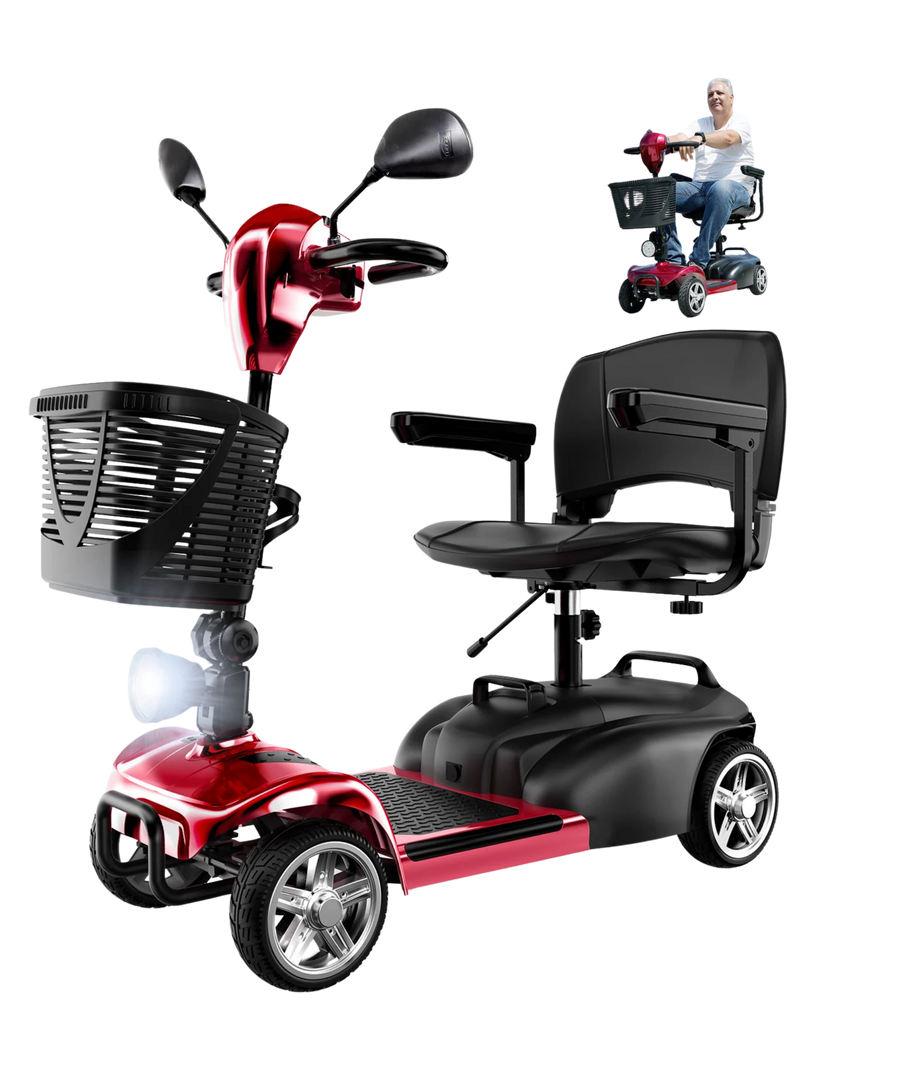
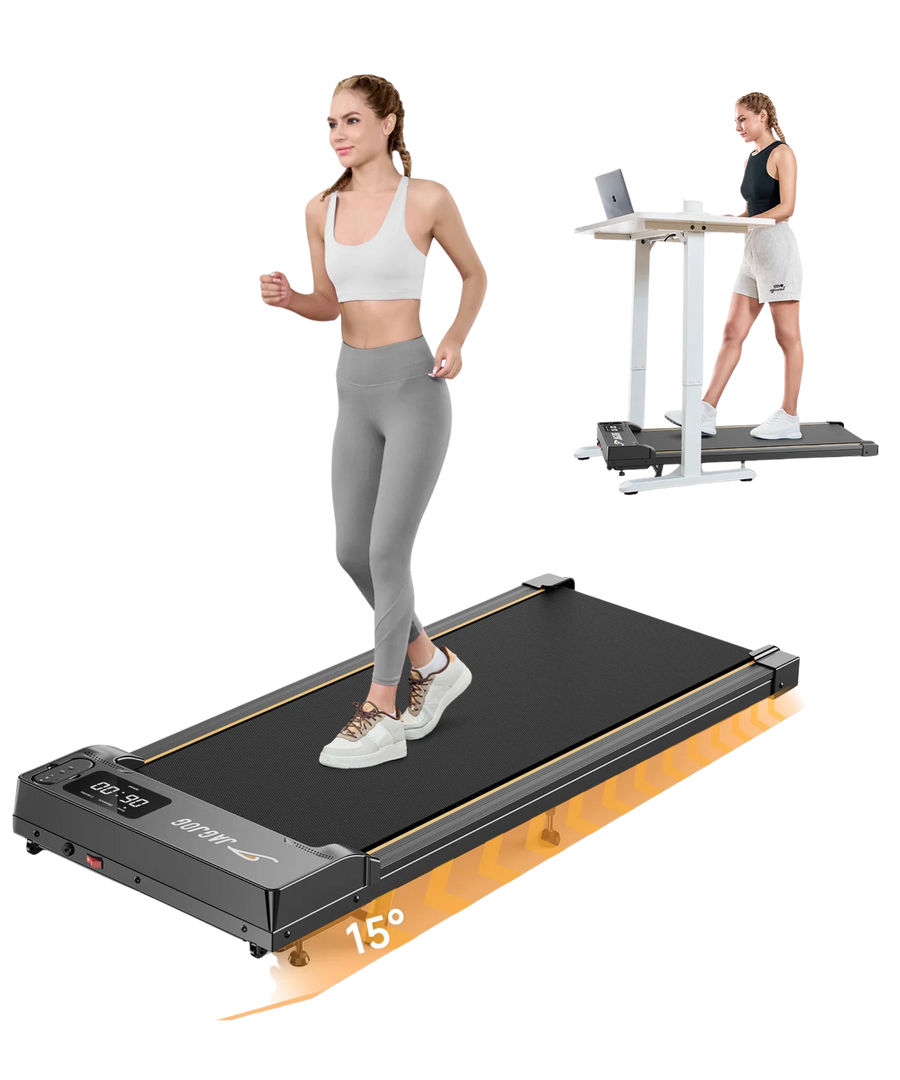

























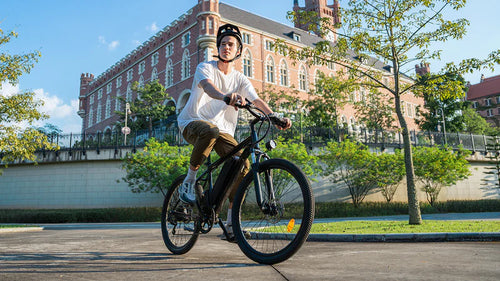
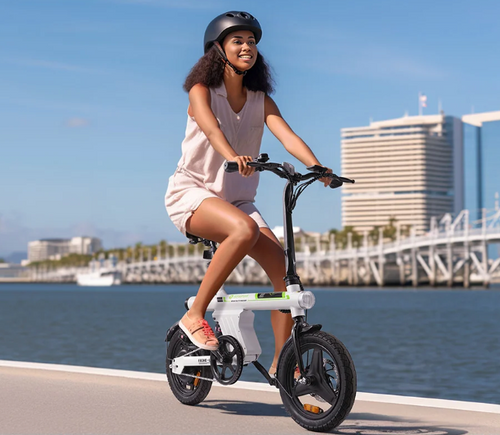


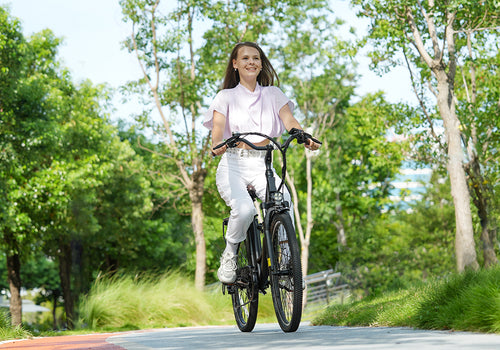
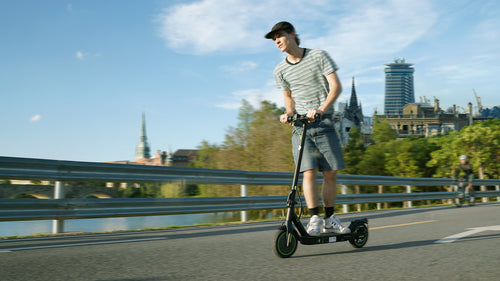


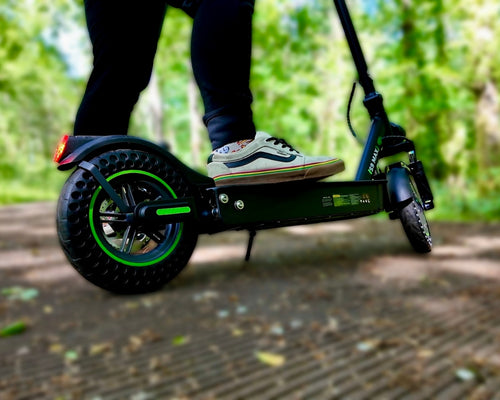
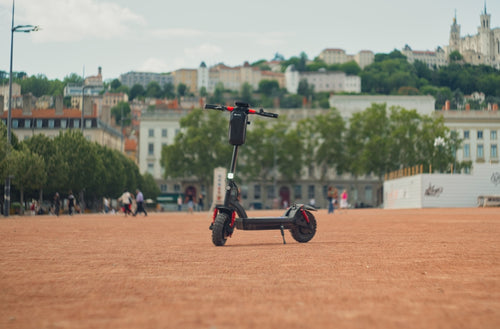
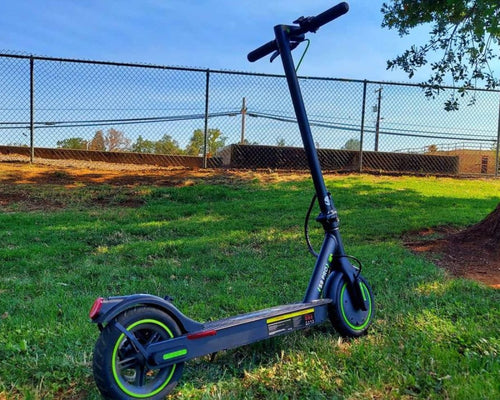





Leave a comment